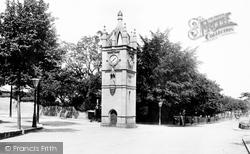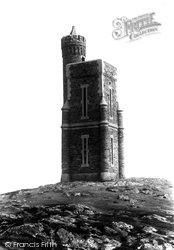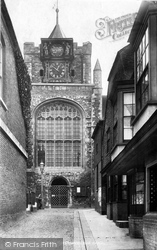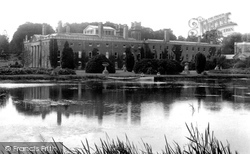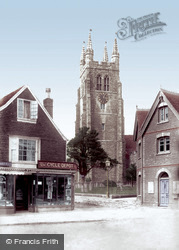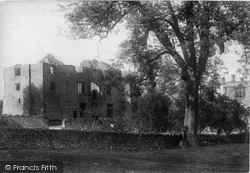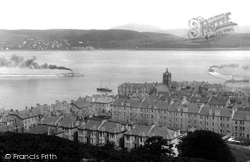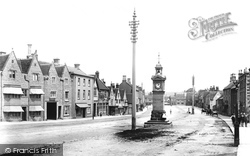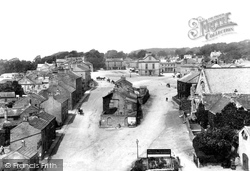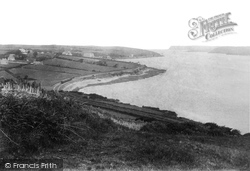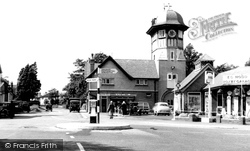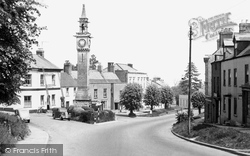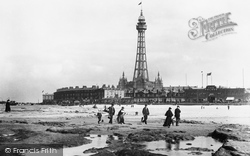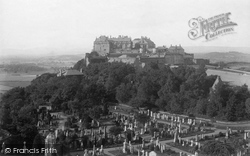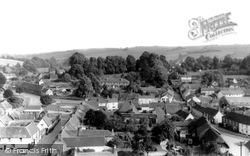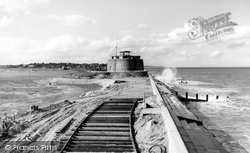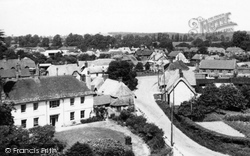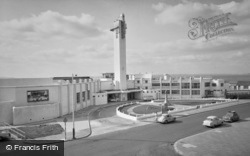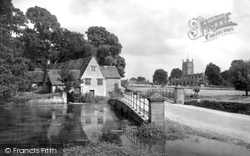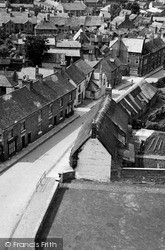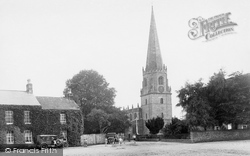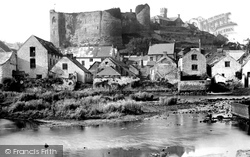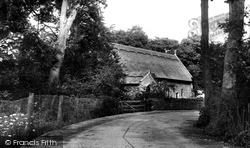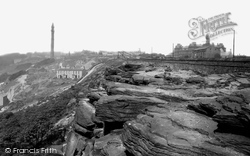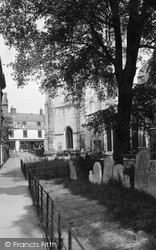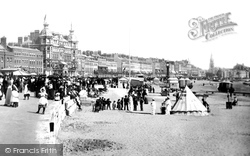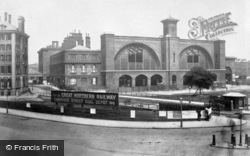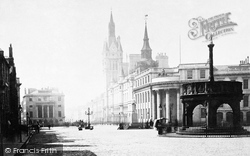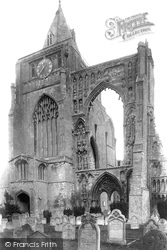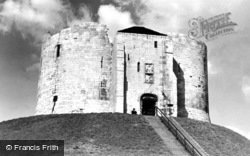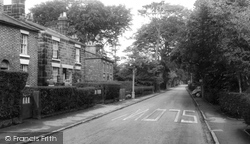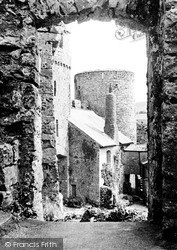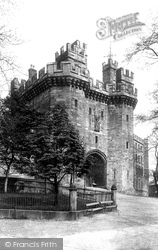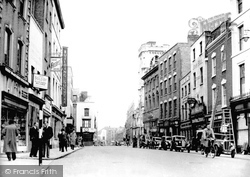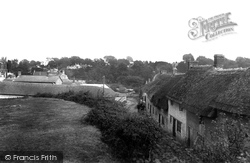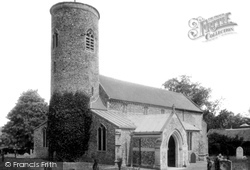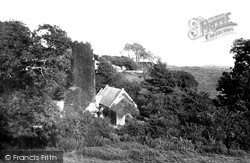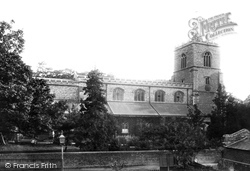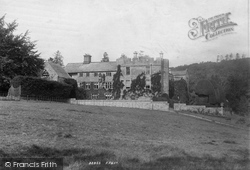Places
36 places found.
Those places high-lighted have photos. All locations may have maps, books and memories.
- Poplar, Middlesex
- Bow, Middlesex
- Bethnal Green, Middlesex
- Stepney, Middlesex
- Alton Towers, Staffordshire
- Isle of Dogs, Middlesex
- Limehouse, Middlesex
- Spitalfields, Middlesex
- Barjarg Tower, Dumfries and Galloway
- Bromley, Middlesex
- Stratford Marsh, Middlesex
- Tower Hill, Merseyside
- Tower Hill, Essex
- St George in the East, Middlesex
- Wapping, Middlesex
- Globe Town, Middlesex
- Old Ford, Middlesex
- Cubitt Town, Middlesex
- Tower Hill, Cheshire
- Tower Hill, Surrey
- Bow Common, Middlesex
- Mile End, Middlesex
- Millwall, Middlesex
- Ratcliff, Middlesex
- Warmley Tower, Avon
- Tower Hill, Hertfordshire
- Tower End, Norfolk
- Tower Hamlets, Kent
- Tower Hill, Devon
- Tower Hill, West Midlands
- Blackwall, Middlesex
- North Woolwich, Middlesex
- Hackney Wick, Middlesex
- Shadwell, Middlesex
- South Bromley, Middlesex
- Tower Hill, Sussex (near Horsham)
Photos
2,720 photos found. Showing results 2,001 to 2,020.
Maps
223 maps found.
Books
1 books found. Showing results 2,401 to 1.
Memories
637 memories found. Showing results 637 to 637.
Captions
3,036 captions found. Showing results 2,401 to 2,424.
Beyond the mill, which dates from Norman times, is the square tower of St Mary's. This parish church has some fine stained glass in 28 windows paid for by John Tame, a rich wool merchant.
The High Street runs from the parish church, with its white-painted weatherboarded tower, to the Guildford road in the distance.
The towers of the bridge were 150ft high and at the top of each there was a lantern with a copper roof.
This view from the church tower shows part of the C E School playground, with Manor House next to it. Note that some of the cottages in this row appear to be thatched only on the street side.
The lower part of the tower of St Mary's, which we see here from the spacious Market Place, is 11th-century.
The watch-tower in the roof of the new prison was built so the guards could observe all activity in the exercise yards.
The lovely round tower is obscured by trees in this photograph, but it is still possible to admire the thatched roof and the stone finial on the east gable.
In the distance is Wainhouse Tower, 253ft high, with over 400 steps and weighing in at about 9000 tonnes.
Here, looking past the tower towards Church Terrace, we can see how close the church was to the ancient castle.
The brickwork of the original windmill can be seen on the Round Tower. To the far left we can just see the orangery.
At the northern end are the Green Hill Gardens, and at the southern end, the Alexandra Gardens; while near the clock tower stands an equestrian statue of George III, erected in 1809.
Its twin brick arches, surmounted by a central clock tower, make it a curiously modern-looking building.
Beyond the cross are the municipal buildings complete with their 210 ft tower.
It is now a fragment: the nave north aisle is now the parish church with a monumental 15th-century tower capped by a squat spire.
Clifford's Tower was built by Henry III; it occupies the site of William the Conqueror's motte and bailey destroyed by the Danes in 1069.
A fine view of the Welsh mountains can be had from the 14th-century spire set on a tower. Richard Massock's tomb is here – he was a Royalist captured at the Battle of Aughton Common.
The four-storey round tower in the distance at the south-east angle, strongly built, remains today in perhaps the best state of preservation of all the castle buildings.
The tower of St Peter's Roman Catholic Cathedral can be seen in the background.
St Michael's tower (right), which dates from the mid 15th century, is all that remains of the city centre church today. The rest was demolished in 1955.
We are looking south- eastwards from West Hill across to the Victorian villas on the sylvan summit of East Hill, glimpsing the tower of the parish church (left).
This unpretentious church with its 12th-century round tower has hidden secrets. Heavily restored and decorated throughout, it has many features.
The chancel and south chapel date from the 14th century and the exceptionally tall tower was built about a century later.
In fact the oldest part of the building is the tower which is a late Gothic structure dated 1630, the aisles are in brick and remain from an 1824 rebuild.
It began as a square castellated pele tower to which was added a hall range. It was further extended and modernised in the 19th century.
Places (38)
Photos (2720)
Memories (637)
Books (1)
Maps (223)


